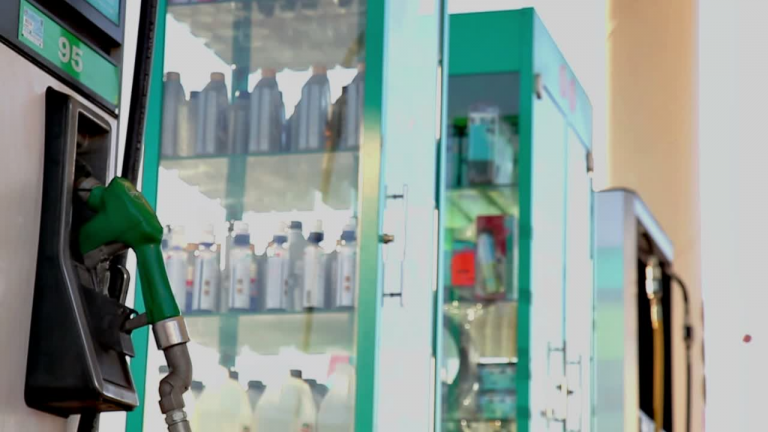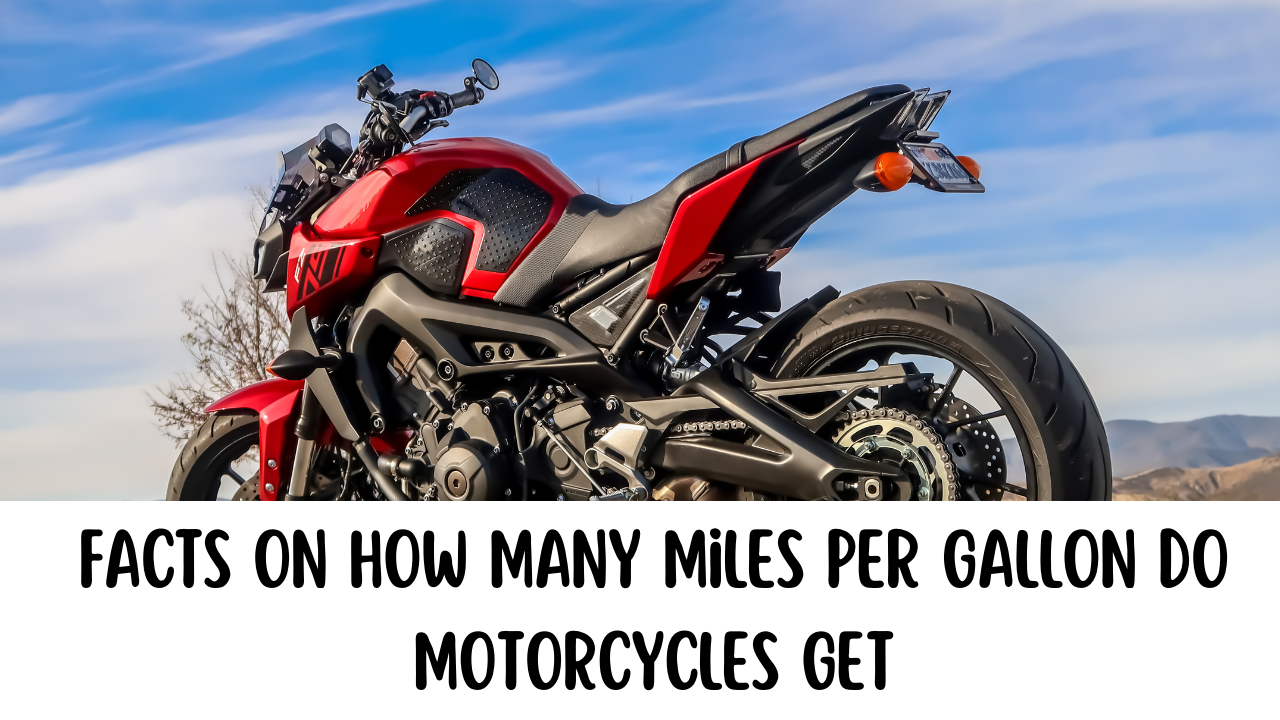There is no doubt that motorcycles are a fun way to get around. They are also a more fuel-efficient option than cars in many cases. This blog post will look at how many miles per gallon motorcycles can get. We will also discuss some factors that influence fuel efficiency in motorcycles. If you are thinking about purchasing a motorcycle or want to learn more about them, this blog post is for you!
How do motorcycles get fuel economy ratings, and how do they compare to cars and trucks?
The motorcycle industry uses a different method to calculate fuel economy ratings than the one used for cars and trucks. The results are then compared to EPA estimates for other vehicles to arrive at miles per gallon (MPG) ratings. While a car’s MPG rating might be numbers generated from a laboratory, a motorcycle’s MPG rating is more of an approximation. However, this does not mean that motorcycles are less fuel-efficient than cars. Many motorcycles have awe-inspiring fuel economy numbers. For example, the Honda Gold Wing gets around 41 MPG on the highway. In contrast, the Toyota Camry only gets about 32 MPG on the road. So, while there may be some differences in how fuel economy is calculated, motorcycle riders can still expect to get great mileage on their bikes.

What factors affect motorcycle fuel economy?
A few factors can affect how many miles per gallon a motorcycle gets. One of the most important factors is the weight of the bike. Heavier motorcycles will usually have lower MPG ratings than lighter ones. It is because they require more fuel to move them down the road. Another factor that can affect fuel economy is wind resistance. Motorcycles with fairings and windshields often have better MPG ratings than those without. It is because they are more aerodynamic and offer less wind resistance. Finally, the type of engine a motorcycle has can also impact its fuel economy. Bikes with smaller motors tend to be more fuel-efficient than larger ones. It is because they use less fuel to achieve the same power output.
Regarding fuel economy ratings (or any other metric), what are the benefits of getting a motorcycle over a car or truck regarding fuel economy ratings (or any other metric)?
Motorcycles have a clear advantage over cars and trucks regarding fuel economy. According to the U.S. Department of Energy, the average bike gets about 56 miles per gallon, while the average car only gets about 28 mpg. You can ride your motorcycle for about twice as long as you drive your vehicle before refueling. In addition to being more fuel-efficient, motorcycles are also generally cheaper to operate and maintain than cars. They require less oil and have fewer moving parts, so fewer maintenance issues are to deal with. And because they’re smaller and lighter than cars, they tend to get better gas mileage. So if you’re looking for a way to save money on fuel costs, a motorcycle is a great option.
Are there any disadvantages to motorcycles regarding fuel economy ratings that drivers should be aware of before making their purchase decision?
One potential disadvantage of motorcycles in fuel economy ratings is that they often have smaller engines than other vehicles, making them less efficient. Additionally, motorcycles typically weigh less than other vehicles, impacting their fuel economy. However, motorcycles can be more fuel-efficient than other vehicles if they are ridden in the right conditions and if drivers improve their efficiency, such as using reverse gear when stopped and starting in second gear. Overall, while there may be some disadvantages to motorcycles regarding fuel economy ratings, these can be mitigated by proper riding habits and choosing the right motorcycle for one’s needs.

Which type of motorcycle gets the best gas mileage – cruiser, touring, sport, or adventure bike?
There are a few different factors to consider regarding motorcycle gas mileage. First, the type of bike makes a big difference. Cruisers and touring bikes tend to be fuel-efficient, while adventure bikes and sportbikes usually have poorer gas mileage. Second, the size of the engine is also essential. Smaller engines tend to be more fuel-efficient than larger ones. Finally, the length of your ride makes a difference. Shorter riders will generally use less gas than longer ones. So, if you’re looking for the most fuel-efficient motorcycle, you’ll want to choose a cruiser or touring bike with a small engine.
How can you make your motorcycle more fuel-efficient, regardless of your ride type?
Regardless of the type of motorcycle you ride, you can do a few things to make it more fuel-efficient. One is to keep the bike well-tuned. A tune-up can improve your mileage by 4 percent, so it’s worth regularly doing. You should also avoid riding at high speeds, decreasing your mileage by 33 percent. Accelerating and braking gently can also help to improve your fuel economy. Another way to increase your mileage is to reduce the weight of your bike. It means carrying less gear and avoiding any unnecessary attachments. Every pound counts in fuel efficiency, so lighter is always better. Finally, make sure your tires are properly inflated. It will improve your mileage, but it will also enhance your safety on the road.
With gas prices constantly rising, saving as much money as possible at the pump is essential. Motorcycles are an excellent option for drivers looking to improve their fuel economy.
Can you improve your motorcycle’s gas mileage by modifying its engine or adding accessories like a windscreen or fairing?
There are several ways to improve your motorcycle’s gas mileage, but some are more effective than others. Improving mileage is by modifying the engine to run more efficiently. Can do this by installing larger carburetors or fuel injectors or changing the gearing. Other ways to improve mileage include adding accessories like windscreens or fairings, which help reduce drag, and installing more efficient tires. While these methods can all lead to improved gas mileage, it’s essential to consider that trade-offs are involved. For example, larger carburetors or injectors may require higher octane fuel, and more efficient tires may sacrifice traction and grip. As always, it’s essential to weigh the pros and cons before making any modifications to your motorcycle.
So there you have it. Everything you have to know about motorcycles: I hope this blog post helps you. Thanks for reading!





